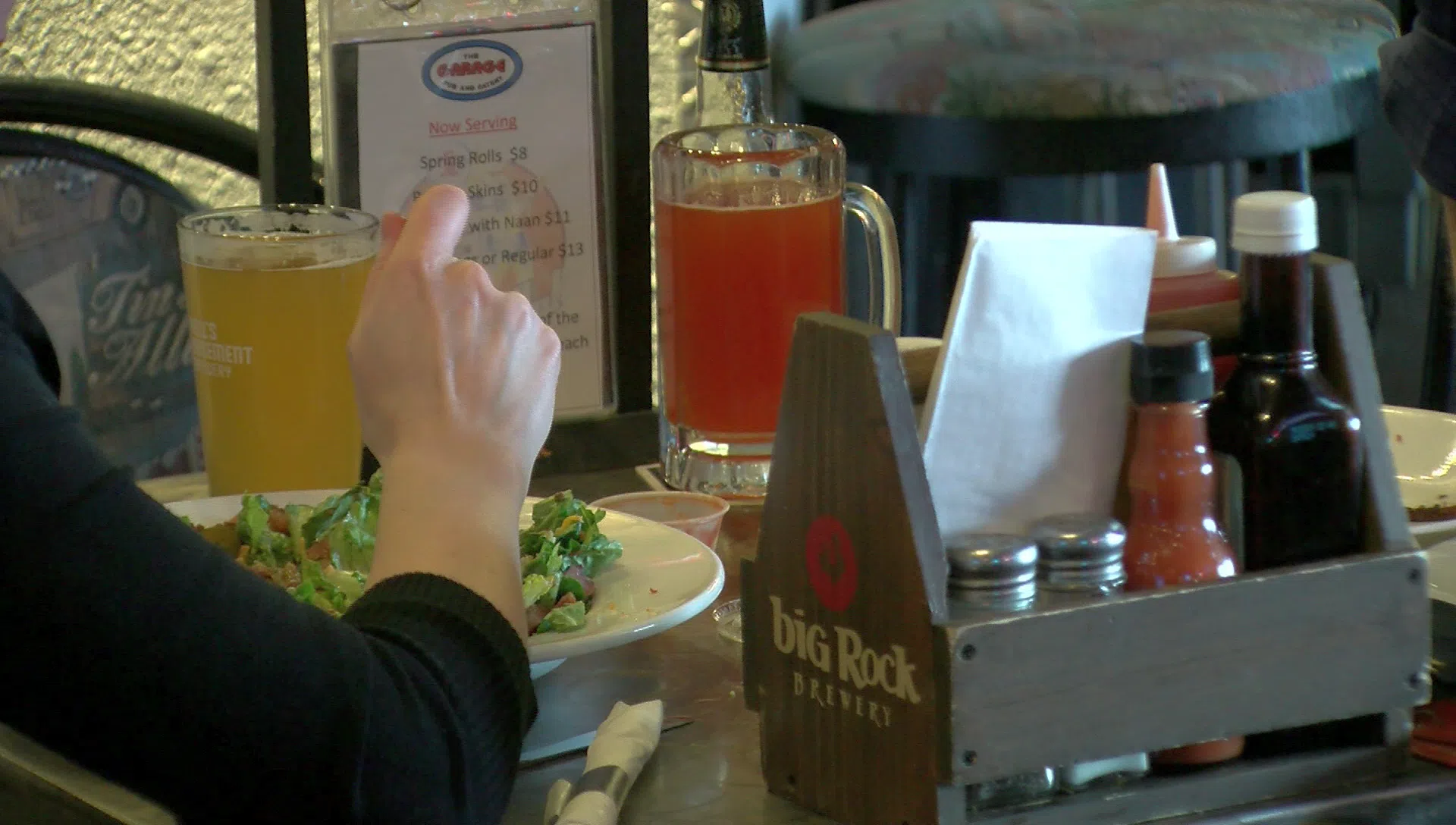
Pubs balancing safety and profit amidst global rise in alcohol consumption
MEDICINE HAT, AB – For the better part of two decades, The Garage Pub and Eatery has served as one of Medicine Hat’s preferred watering holes.
Whether it’s drinking a beer, vodka or something stiffer, general manager Fred Hoehnle said saddling up to the bar is a tradition most people feeling comfortable doing.
“People are always going to wind down and relax,” said Hoehnle. “And, the perception of the alcohol is… acceptable.”
